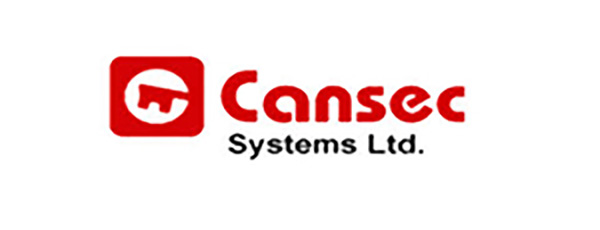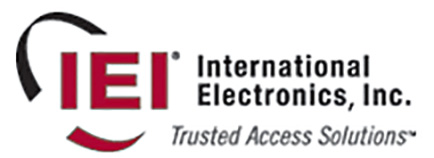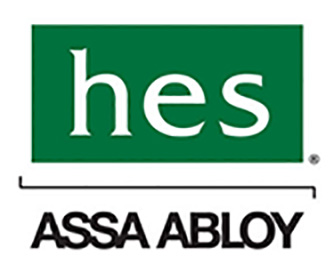Toggle Locks Enhance Security and Reduce Costs
 Just about every organization recognizes the need to install and properly use security systems to protect employees, inventory, and equipment. Access control systems continue to rank at the top of business owners’ to-do lists, but not everyone understands the benefits of toggle locks as an access control option.
Just about every organization recognizes the need to install and properly use security systems to protect employees, inventory, and equipment. Access control systems continue to rank at the top of business owners’ to-do lists, but not everyone understands the benefits of toggle locks as an access control option.
One of the major advantages of toggle locks is the lack of a necessity for the use of secondary credentials, which greatly simplifies access control without adding unnecessary steps to the process. In addition, the newest iterations allow a simplified installation to reduce installation and maintenance costs.
Setting Up Is Simple
Because it’s become increasingly obvious security needs must be met without the high costs associated with older technologies, the advantages of wireless locksets are winning over even more skeptical administrators.
School settings are increasingly adapting systems to use lock toggle strategies for improving security while, at the same time, keeping overall costs to a minimum. Because schools have many users and those users are changing frequently, it’s vitally important to employ security strategies that allow routine access to specific areas within campuses while denying access to sensitive areas.
In many cases, schools already contract locksmiths to install and maintain their access control, and those locksmiths are generally able to modify existing systems or install new hardware to make wireless control and toggle capabilities practical.
Avoiding Complicated Scenarios
Too many available options tend to be overly complicated both to install and use. That’s not a benefit to owners, administrators, or users. If a system requires multiple steps to utilize, it’s likely to be abandoned or somehow bypassed, leaving the property without the type of protection it needs.
Digital systems with toggle lock options avoid complications, providing simple solutions to access control situations where security is important, but ease of use and reliability are even more vital. Toggle lock systems are available from a variety of organizations, but it’s always recommended potential users carefully review the available options to ensure the best model is selected for the intended application.
Again, educational institutions are excellent examples of situations where constant changes in room or building use, as well as facility users, constantly evolve. Administrators can easily determine where and when updates and changes to the system may be required and make plans accordingly. Of course, end-of-term changes are always anticipated, there are times when mid-semester revisions to a system may well be required.
Using Cards to Limit Access
In the past, two cards were often required to make use of access control systems. Typically, one card was used to open a door while a second was necessary to engage or disengage the lockset. Not only is this type of system inherently inconvenient, it left administrators with scenarios that negatively impacted overall security objectives.
If, for example, the user did not bother to re-engage the lockset, the building security would be compromised. In addition, if one or the other card failed to operate properly, it would become impossible for authorized users to enter the building.
Needing two cards also made it costlier for administrators, as replacing multiple cards when lost or when new employees were granted access proved to be expensive. Those increased costs are multiplied when numerous users were involved.
Today’s systems eliminate the need for two cards. Software-based systems make it possible to eliminate one of the cards, which immediately reduces expenses associated with maintaining or updating access control systems. The single card system not only reduces costs, but also minimizes the problems users find inherent in the two-card system.
Toggle Lock Systems Minimize Administrative Costs
Single-card, toggle lock systems tend to reduce the administrative issues that plague most older systems. With the newer system options, users no longer have to seek administrative approval and over-rides when needs dictate changing uses.
Once again, the educational environment is an excellent example. Teachers frequently need to leave one room and access another during classes. When that happens, older systems required the instructor to leave one room open or request schedule over-rides to lock a room. The other room, for example a computer lab, would also require access. That could mean requiring an administrator to open the room or, again, having the room left open and subject to unauthorized entry.
With the use of modern, single access card options, the instructor would be able to lock the original classroom easily and also access the computer lab without having to request an administrator’s assistance. That same teacher could ensure the security of both rooms easily.
Access to other business or public buildings is also facilitated with toggle lock systems designed to grant access to some users and block access to others. When access to hundreds of rooms is to be controlled, using a system that minimizes issues is strongly recommended to keep installation, maintenance, and administrative costs low.
Training costs may not be a major concern for smaller organizations, but large facilities often find themselves devoting a significant amount of time to training new users. Two-card systems are not always easy to master, and users often find themselves seeking administrative assistance when attempting to access the facility’s various areas.
When toggle lock, single-card systems are employed, the number of training and use issues are significantly reduced. That means initial training costs are lower and retraining by administrators is less likely to be required.
Getting Started
If your organization is considering installing a new security system or updating an existing one, considering toggle locks with single-card access systems is strongly recommended. It’s relatively easy to get started.
The first, and most important, step is to contact an expert for advice. The security professionals will evaluate the property’s current and anticipated future needs to determine which specific products would best suit the property’s needs.
At that point, the security experts will provide options for the specific applications and suggest installation and maintenance strategies to ensure the system remains viable for both existing needs and any future ones. Contact a security expert today to find out how toggle locks can save your organization both time and money.







